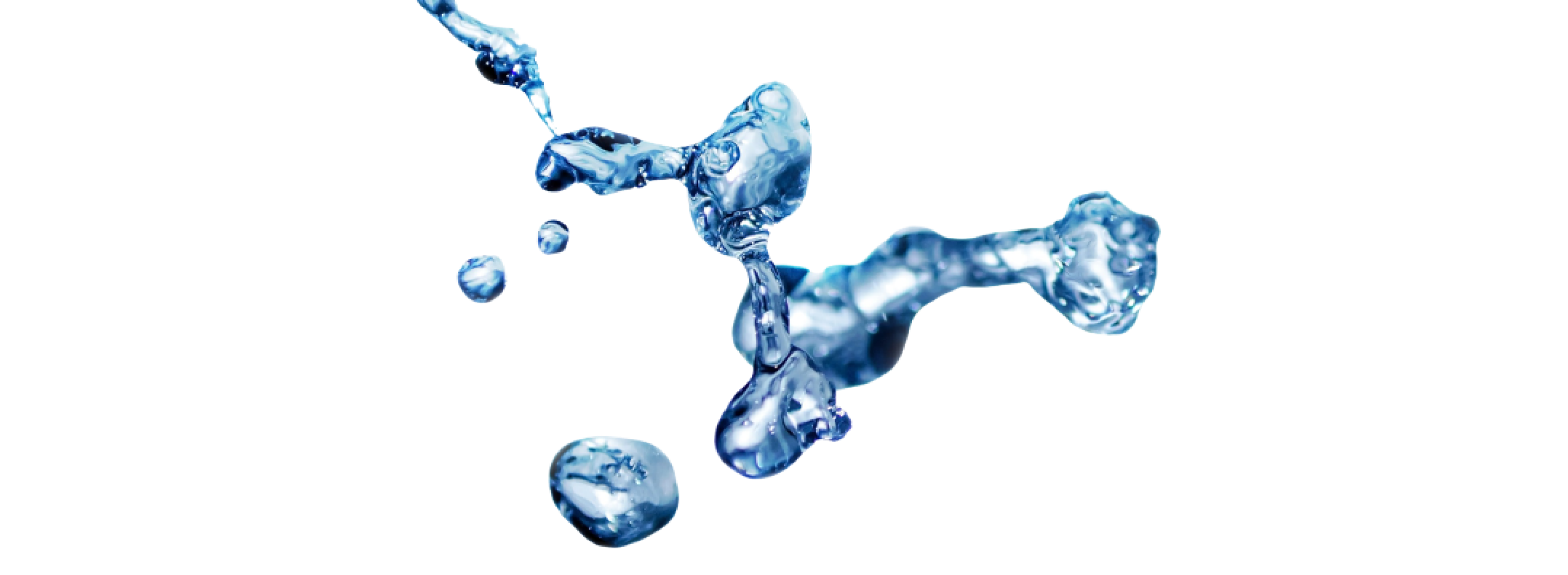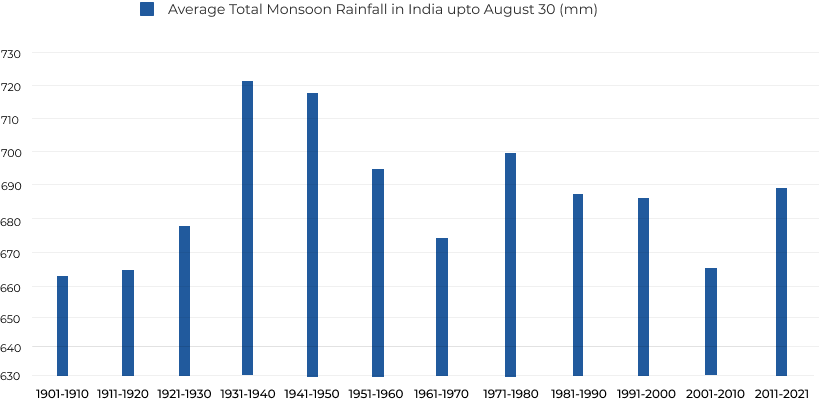
Out of the total world population which happens to be around 7.9 billion, India accounts for 17% of it. The country with such a dense population holds only 4% of the world’s freshwater resources. With 20 basins throughout the country, their average annual water availability is about 1,999.20 billion cubic meters (BCM) as natural runoff. This average figure is dependent on the regions and seasons. As India is not particularly a water-rich country, water resource management becomes a necessity to meet the demands and avoid water stress conditions.
India has an average annual precipitation of around 3,880 BCM out of which only 48% is available in the surface and groundwater bodies. In monsoon, the country receives about 1,183 mm of rainfall yearly out of which 75% is received between July and September in the western regions and October to December in Eastern and north-eastern regions.
A study by the Ministry of Jal Shakti shows that in 2011, the average annual per capita water availability was 1,545 cubic meters and as it came to 2021, the value dropped to 1,486 cubic meters. This may be due to ill-patterned precipitation. This per capita water availability can be evaluated by dividing the annual average water availability by population. With excessive demand in the account of climate change, wastage due to poor management, the availability of water is being affected drastically. Even though climate change is beyond one’s control, proper water resource management and distribution systems could be designed to retain the water that is being wasted knowingly or unknowingly by individuals as well as manufacturing sectors.

When the water demand of urban regions is taken into consideration, 40% of it is met by the groundwater. As a result, it has been observed that the level of the groundwater table is decreasing at a rate of 2-3 meters per year in most of the cities. India has 6881 assessment units which include blocks, taluks, mandals, watersheds and firkas. From these, 1186 assessment units from 17 states have their annual groundwater extraction than the annual extractable groundwater.
The Ministry of Jal Shakti states that as per the data collected in 2017, the total annual groundwater recharge value is 432 BCM out of which 249 BCM is the annual groundwater that is extracted. Even if we know that groundwater is replenishable and gets recharged every year during monsoon, excessive extraction has made the level of groundwater table reduce to a greater extent. This situation relates to the Tanzanian proverb “Little by little becomes a lot”.

Water usage can be categorized into two purposes, residential and non-residential. Residential uses consist of drinking, bathing, gardening, kitchen purpose, etc. whereas non-residential uses are divided into industries, mining, livestock and irrigation. To utilize water for these purposes, there are certain qualities of water that are considered. One needs to know whether the water which is being used is potable, palatable, raw, wholesome or customized based on the purpose. For example, the water required for drinking purposes is potable.
Out of the water available in the country, only 18-20% of it is usable. This usability is affected by a dearth of storage, inadequate infrastructure, and poor water management systems. India has a live storage capacity equal to 257.812 BCM and as discussed above, the annual water availability in India is 1,999.20 BCM. The whole of this available water is not usable. Only about 1,122 BCM is utilizable of which 690 BCM is the surface water and the remaining 432 BCM is the annual groundwater recharge. Yet the lack of sufficient infrastructure makes the conservation of water more difficult, hence scant usability.
The usability of water depends on availability. Various factors like quantity, quality, contamination and accessibility of water affect its usability. To connect all these factors, three terms help in understanding the ampleness of water availability and those are water scarcity, water stress and water risk. Even with a different manner of defining these terms, they are interrelated. Water scarcity is the lack of water supply as a volumetric abundance. In the case of water stress, it completely depends on whether the human and ecological demands are sufficient. It is governed by the quality of water, how much of it is accessible, level of contamination as well as environmental flows. So, an area with appaling water pollution even without water scarcity could be classified as highly water-stressed. When it comes to water risk, it is the probability of an entity experiencing a deleterious water-related event. As the water demand for every sector varies, water risk is interpreted and defined differently by them. In conclusion, water scarcity and water stress collectively define water risk. The following diagram explains their interrelation.
